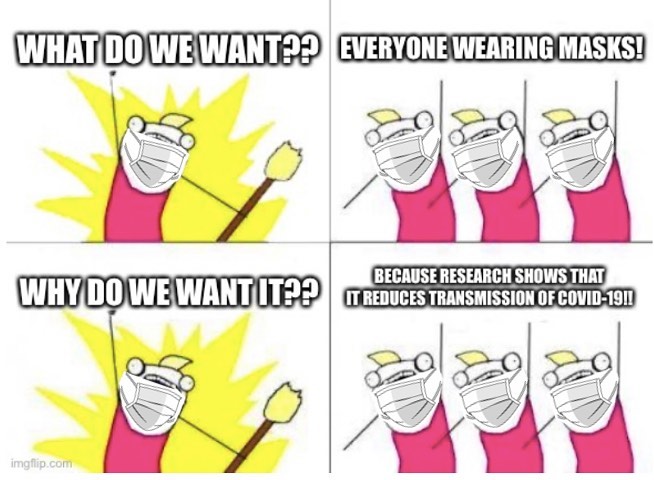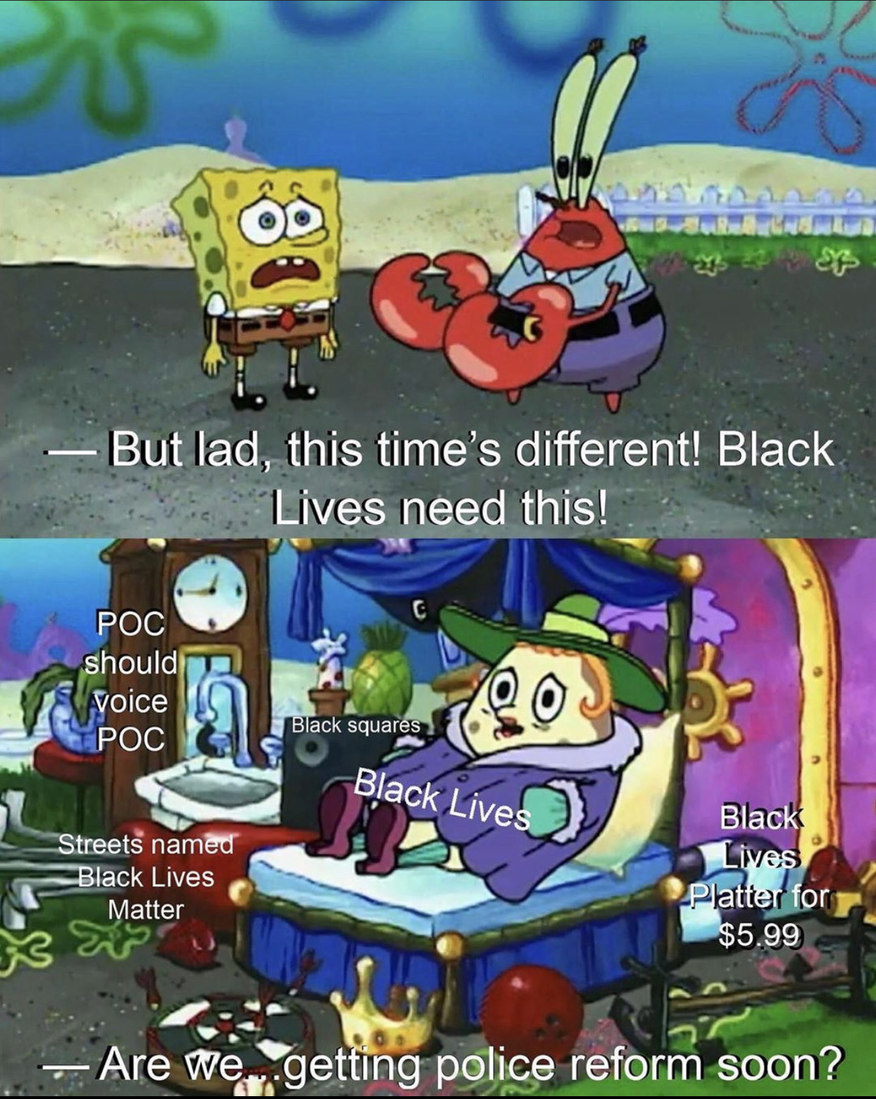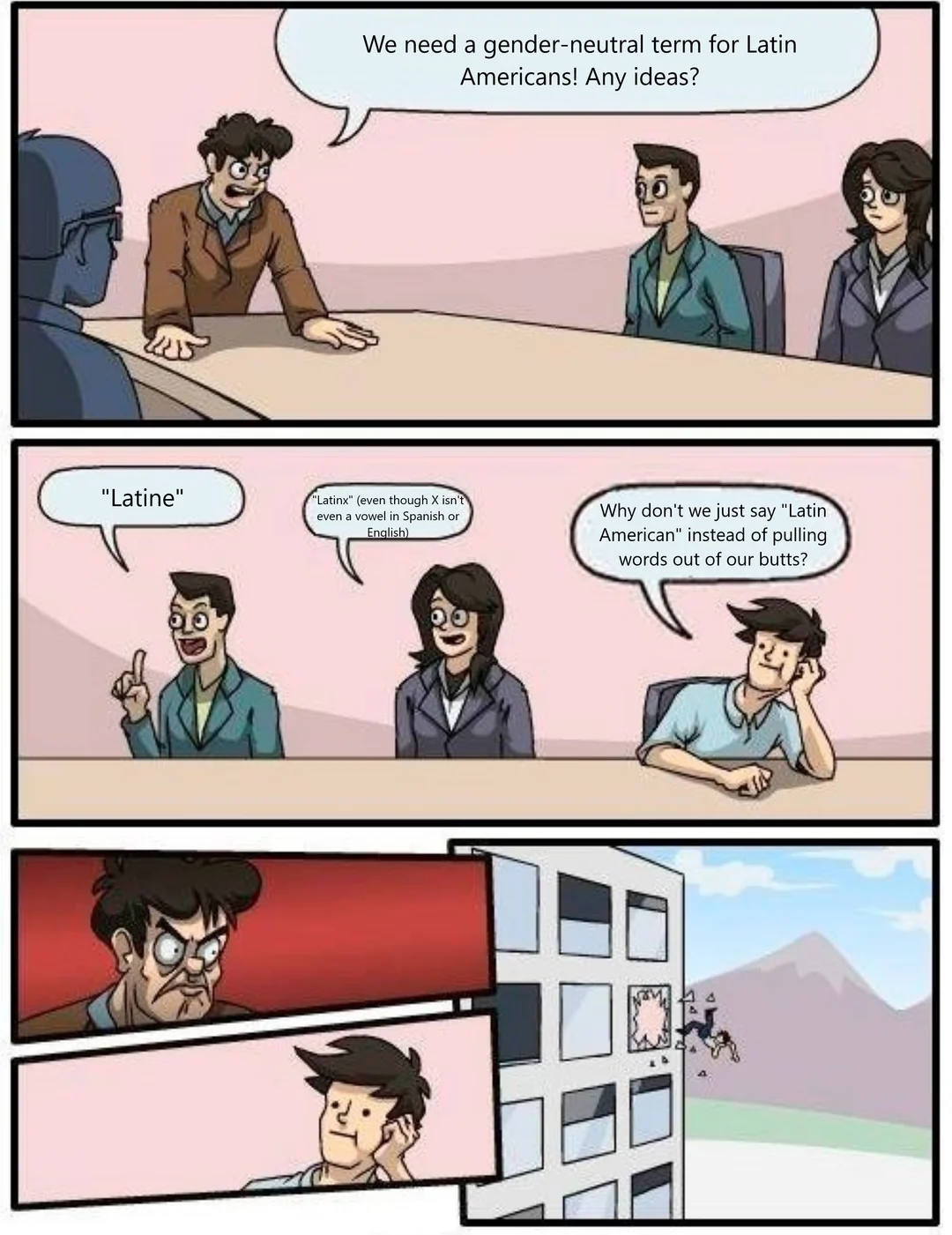How Memes Helped Mobilize Communities for Social Causes
In 2024, more than 4.9 billion people worldwide actively use social media, and memes have become one of the most shared forms of online communication. What started as lighthearted jokes and cultural references has evolved into a powerful language for activism. Memes now shape conversations, mobilize communities, and amplify social causes ranging from climate action to racial justice. Their blend of humor, relatability, and shareability allows serious issues to spread across digital networks faster than traditional campaigns. Understanding how social memes fuel activism is crucial for anyone interested in civic engagement and community-driven change.
The Rise of Memes as Tools for Activism
Memes first gained prominence in the early 2000s as internet jokes, but their role shifted dramatically by the mid-2010s. Social causes began adopting memes not just as content but as symbols of identity and resistance.
One striking example is the Fridays for Future movement, where memes about skipping school for climate protests circulated globally, helping young activists mobilize millions. Similarly, the #MeToo movement leveraged meme culture with viral visuals and slogans that translated complex issues into easily shareable formats.
Why Memes Work
Simplicity: Memes condense complicated ideas into a single image or phrase.
Relatability: They use humor and familiar cultural references, making activism accessible.
Virality: Memes thrive on algorithms, spreading faster than long-form posts or news articles.
This combination turns memes into a grassroots communication weapon, bridging gaps between activists and everyday internet users.
Humor and Satire as Mobilizing Forces
Humor is at the heart of meme culture. Activism memes often employ satire to criticize institutions, expose hypocrisy, or spotlight injustice.
For example, during the COVID-19 pandemic, memes mocking inadequate government responses became rallying points for civic criticism. A 2023 study from Pew Research Center found that 47% of young adults trust meme-based commentary as much as traditional media headlines when it comes to social issues. This trust amplifies the influence of meme-based activism.

Examples of Satirical Activism
Political protests: Memes caricaturing politicians spread rapidly, simplifying complex policies into recognizable symbols of opposition.
Environmental campaigns: Images of melting polar bears reimagined in absurd, humorous contexts encourage people to share climate-related messages.
Humor softens heavy topics, making them more approachable without diluting their urgency.
Memes as Digital Protest Signs
In traditional demonstrations, protest signs capture attention with wit and brevity. Online, memes serve the same purpose. They function as digital placards, instantly communicating grievances and calls to action.
During the Black Lives Matter protests of 2020–2021, memes featuring slogans like “Defund the Police” reached millions on Instagram and Twitter, often going viral within hours. Unlike static posters, memes can be remixed endlessly, keeping movements alive in public discourse.

From Streets to Screens
What makes memes unique is their adaptability. While a street protest might reach hundreds or thousands, a single meme can be seen by millions within a day. This scalability makes memes indispensable for movements with limited resources but large ambitions.
| Offline Action | Online Equivalent |
|---|---|
| Protest signs | Memes |
| Chants | Hashtags |
| Speeches | Viral videos |
The synergy between offline and online activism ensures that memes extend the impact of physical mobilization.
Case Studies: Memes that Sparked Action
Examining real-world cases illustrates how memes transition from digital jokes to tangible civic outcomes.
Ukraine and Global Solidarity
When Russia invaded Ukraine in 2022, memes portraying resilience — such as the “Ukrainian tractor pulling a tank” — spread across platforms. These images humanized the conflict, inspiring solidarity campaigns and fundraising drives worldwide.

Climate Crisis and “Meme Greenwashing”
Activists in 2023 launched satirical memes targeting corporations accused of greenwashing. By exposing contradictions in brand messaging, these memes pressured companies to revise policies and adopt clearer sustainability practices.

Women’s Rights in Latin America
In Latin America, feminist groups used memes with culturally specific humor to campaign for reproductive rights. These posts not only informed but also reduced stigma by framing activism within everyday online conversations.

Each of these cases demonstrates the dual role of memes: raising awareness and converting digital momentum into civic action.
Challenges and Risks of Meme Activism
While powerful, meme-based activism carries inherent risks.
- Oversimplification
Complex issues reduced to punchlines can sometimes strip away nuance. For instance, policy debates turned into memes may lead to polarization rather than constructive dialogue.
- Misinformation
Memes spread quickly, but not all are fact-checked. A 2024 MIT study found that misleading memes are 70% more likely to go viral than factual ones, raising concerns about disinformation.
- Short Lifespan
Memes are often tied to trends, which fade quickly. Movements relying too heavily on them risk losing visibility once the joke wears out.
Despite these challenges, responsible use of memes — supported by credible data and context — ensures they remain effective tools for mobilization.
The Future of Memes in Civic Engagement
Looking ahead, memes are poised to become even more integrated into civic campaigns. Advances in AI-driven meme generation already allow activists to tailor content for specific audiences, amplifying engagement. Additionally, platforms like TikTok and Instagram are testing new features that prioritize community-based content, giving activism memes greater visibility.
Experts predict that by 2025, memes will be central to over 60% of grassroots online campaigns, blending seamlessly with traditional advocacy methods. This shift suggests that memes are no longer just digital jokes — they are strategic assets in the toolkit of social change.
Conclusion
Memes have transformed from internet humor into powerful instruments of civic engagement. By combining humor, relatability, and viral potential, social memes have enabled activists to spread awareness, mobilize supporters, and challenge institutions. From climate movements to political protests, memes have acted as digital protest signs and rallying cries, demonstrating their lasting impact.
As we move further into 2025, the challenge will be balancing entertainment with accuracy. When used responsibly, activism memes will continue to bridge the gap between online communities and real-world change, ensuring that humor remains not just a distraction but a driver of civic action.

